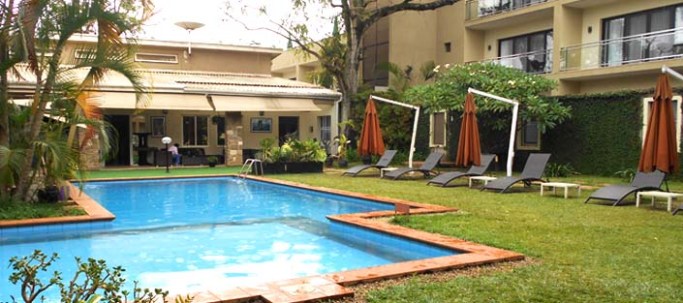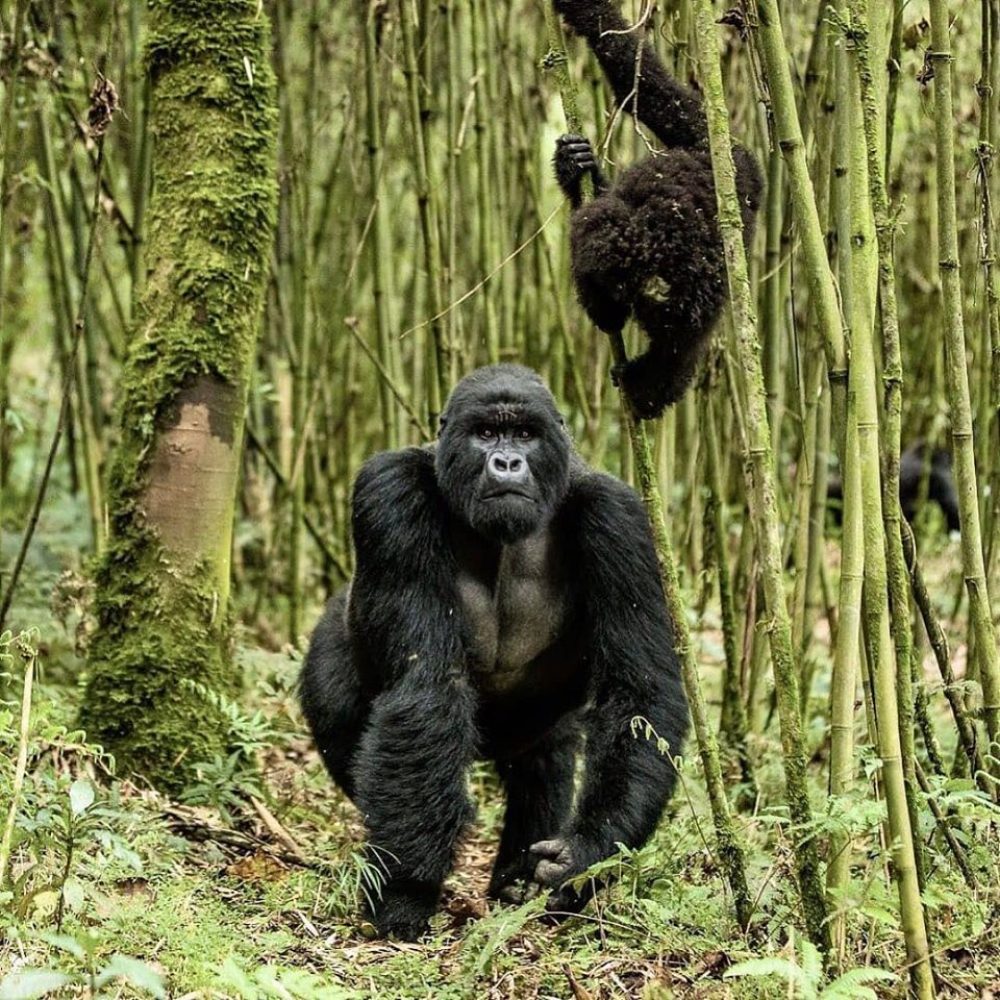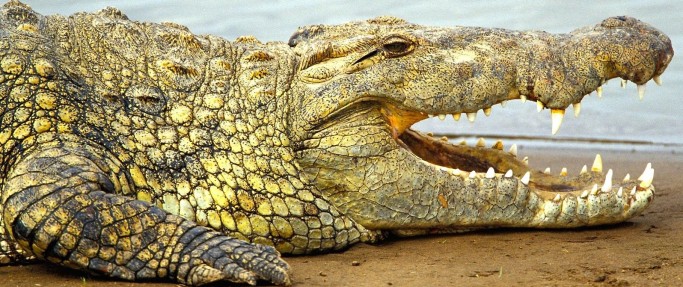
Whether one is landing in Kampala either on a business trip or for a Uganda Safari, the Urban by City blue Hotel offers an incredible overnight accommodation within the Uganda’s capital city.
Designed around a garden courtyard and a lush swimming pool, the Urban by City blue Kampala enjoys a very calm atmosphere surprisingly within the close reach of the Kampala city center. This makes its access to the major shopping centers, major Government and Private offices very convenient. Travelers on Safaris in Uganda can as well be easily picked up for the respective trips that normally commence early in the morning.
Its popular Cafe Mamba is situated by the pool side and the guests are treated to mouth watering pizzas. The restaurant also serves other dishes and a wide selection of beverages.
Accommodation at Urban by city blue is offered in a range of categories from which the diverse interests of world travelers including those on Uganda tours are served; These include;
- One (1) Suite marked with cozy lounge, private balcony overlooking the swimming pool, private dining area and lush bathroom with shower and bath tub.
- Four (4) Superior club rooms marked with lush walk in shower and private balcony.
- Six (6) pool side rooms marked with twin beds, balcony and walk in showers
- Three (3) standard twin rooms furnished with walk in power showers
- Twenty three (23) deluxe club rooms equipped with lush walk-in shower and private balcony.
For those interested in conferences and meetings, the Urban by city blue Kampala can host up to thirty (30) people.
The hotel offers a selection of wider facilities and amenities including; gym, free ample parking space, 24h/7 reception, free Wi-Fi, access to iron and ironing board, daily housekeeping and chargeable laundry service, in room safes and mineral water in the rooms, 40 inch TVs in the rooms with local and international channels and complimentary breakfast. All these combine to quality Urban by city blue worth of stay even by those on Africa Adventure vacation holiday tours in Uganda.



 Scientifically referred to as Oreotragus oreotragus, the Klipspringer is small antelopes thriving in the southern and Eastern parts of Africa where they are explored on
Scientifically referred to as Oreotragus oreotragus, the Klipspringer is small antelopes thriving in the southern and Eastern parts of Africa where they are explored on